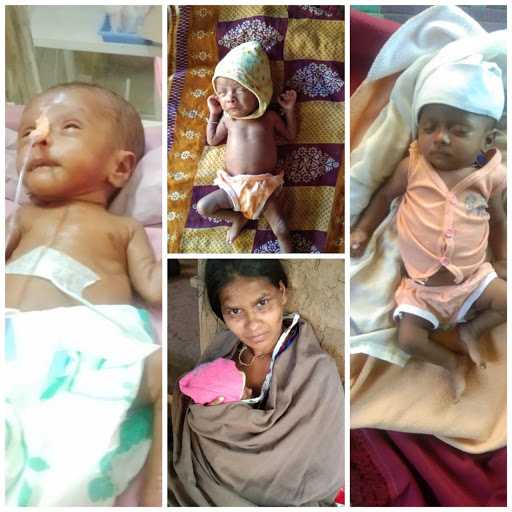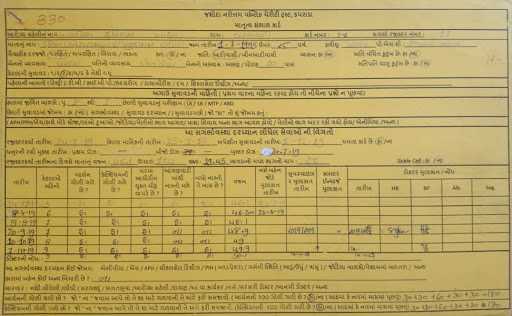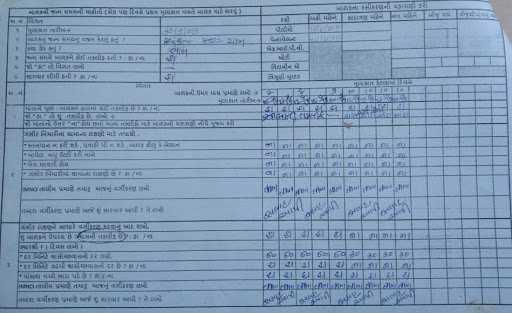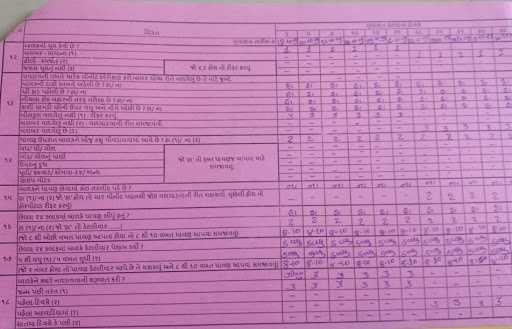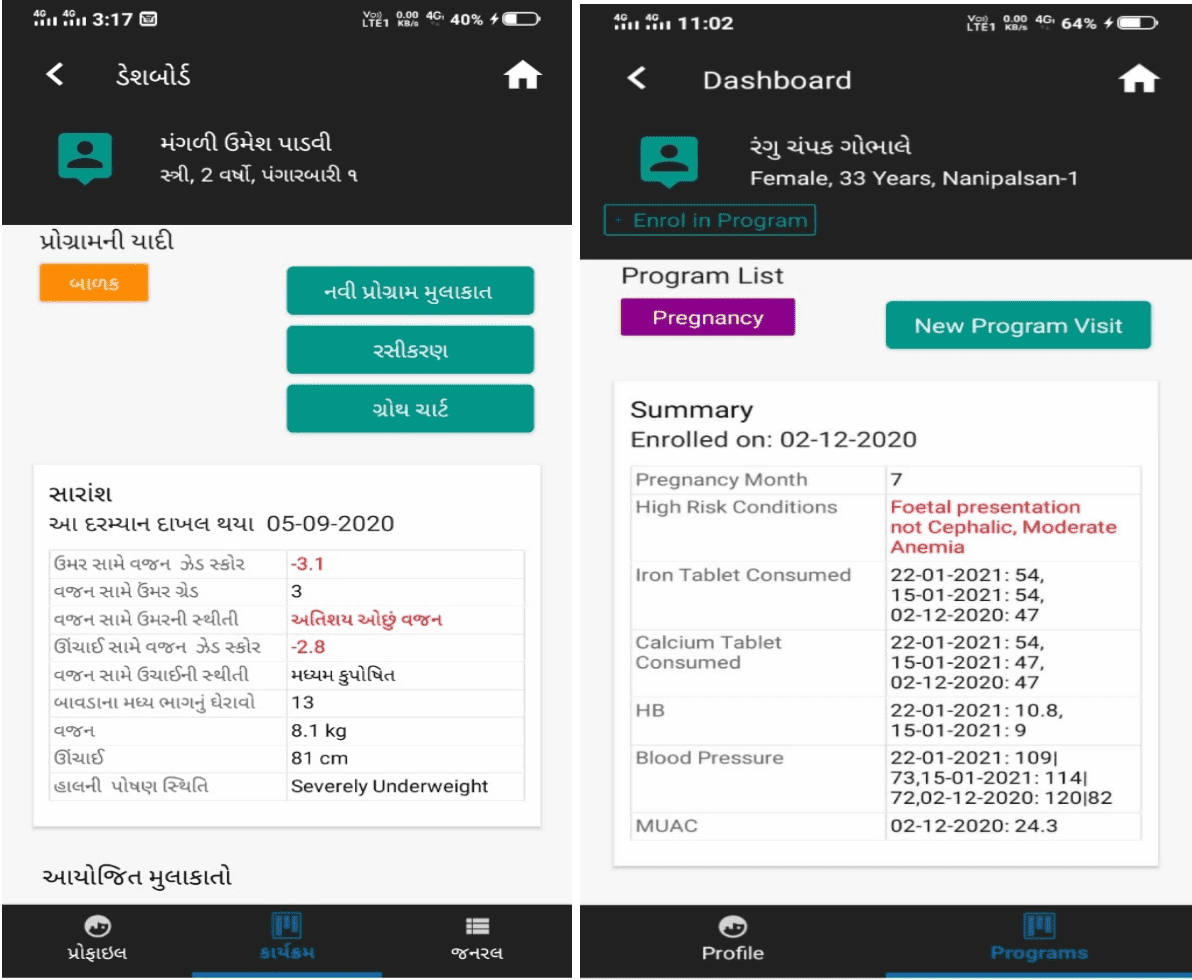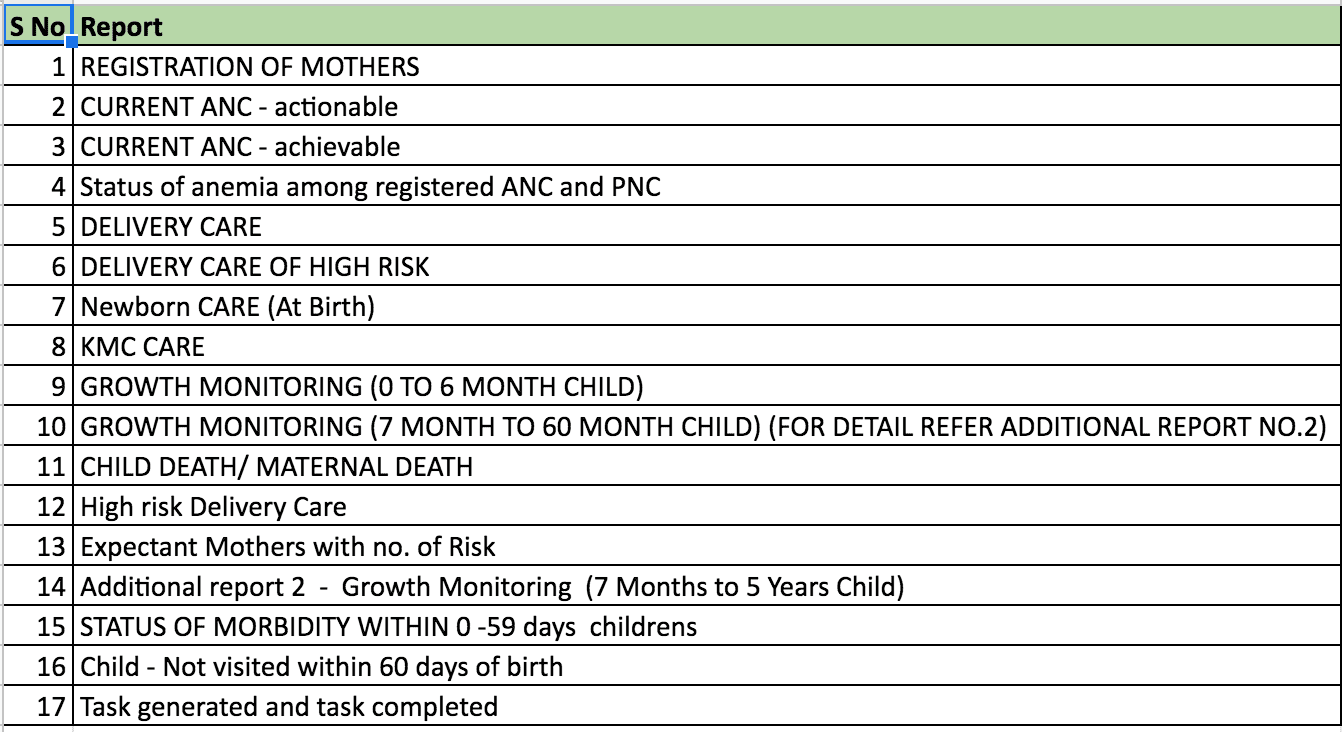Case Study - Use of Mobile Technology (Avni App) in Malnutrition Project at JNPCT
Last updated on: February 08, 2021 by Dr Dhiren Modi
If you prefer watching over reading, do check out the Avni webinar of January where we shared this case study. Otherwise read on.
About the organisation
Jashoda Narottam Public Charity Trust ( JNPCT) is a non-profit organization working in the two tribal blocks of Valsad District (Gujarat) since the last 20 years. JNPCT mainly undertakes activities in the following areas: Health, Education, Soil and Water Conservation and income generation activity with farmers.
Geographically the area in which JNPCT works is hilly and a few parts get isolated from the rest of the land during monsoon season.
The area is also called Cherrapunji of Gujarat!
About the Malnutrition Project
The project this case study focuses on is called 'The malnutrition project'. It's objective is to provide safe and healthy motherhood, reduce the percentage of malnutrition among the children with 0-5 years of age and to minimize the Maternal mortality rate and Infant mortality rate. The various activities done under the project are
Antenatal care
- Early registration.
- Facilitate for hospital checkup.
- 4 antenatal home visits.
- Tracking and identification of high-risk pregnancy.
- Counselling about Iron tablet, immunization, nutrition.
- Promote hospital delivery.
- Preparation for delivery (make clothes ready, documentation, money, vehicle, blood etc.)
Postnatal care
- Early home visit of newborn and mother as per protocol ie. (0, 3, 7, 14, 21, 28, 35, 42, 60 days).
- Examination of the newborn as per Integrated Management of Neonatal and Childhood Illness (IMNCI) guideline, morbidity identification and management.
- Counselling about newborn care and high-risk symptoms.
- If a child is low birth weight then provide a Kangaroo Mother Care (KMC) bag and demonstrate.
- Focus on exclusive breastfeeding and its scientific method for up to 6 months.
- Ensure Immunization as per age.
Child Care
- Visits of the child as per their nutritional status
- Examination of children as per IMNCI guideline, morbidity identification and management.
- Counselling about high-risk symptoms to family members.
- Counselling about weaning food practices.
- Growth monitoring by keeping records of height, weight & MUAC.
- Identification, counselling, management and referral at CMTC centres of SAM children.
- Ensure their nutritional status and immunization within time.
The work is conducted in 62 villages by about 361 workers comprising field workers, supervisors, cluster in-charges and other supportive roles.
Paper-based System
Like most organisations, we also started with a paper-based system comprising pre-designed formats for data collection. These were useful to some extent in ensuring consistency in information.
Issues with the system
The data from such individual records were recorded in a concise form into registers by supervisors. However deriving insights from these registers like identifying high risk was a very tedious exercise.
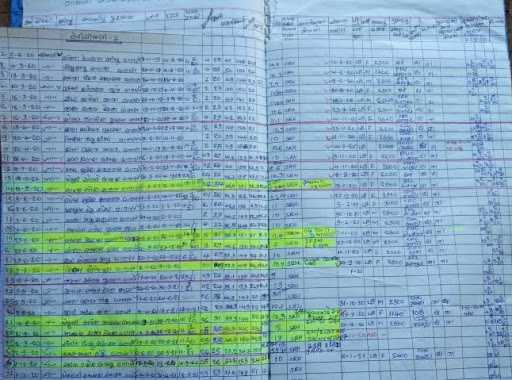
Apart from this, there were many other issues faced.
- In our work daily planning of field visit of supervisors was an issue
- Took almost 2-3 days in a month to plan an exact visit as per malnutrition status of children
- Compilation of daily data was cumbersome and time-consuming
- For program manager and doctors, it was time-consuming to identify their monitoring visits
- We could see the progress report only after a month once data entered and the report generated manually
Moving to digital system
The next logical step was to move to a digital system to address these pain points. We decided to move to Avni.
Why we adopted Avni App in JNPCT
We adopted Avni and cloud hosting from Samanvay Foundation because of the following reasons
- SEWA Rural, our partner organisation, had used it for the last 4 years
- Offline capability in Android app to be able to work without an internet connection
- Ability to create customised App and Reports
- Cost-effective
- During the trial, our staff found it very useful
- Good feedback mechanism and prompt resolution on technical issues from the Samanvay support team
- Ready to update the application as per our demand even after stabilizing it
Development and Output
Samanvay developed the app and reports for us as per our requirements. We did testing of the app, provided feedback and changes got incorporated. We then started using the system.
Below are some of the screenshots from the app
We have numerous reports created in the system so that we don’t have to do data crunching when information or insights are needed
Benefits as we are seeing it
Below are the advantages users are seeing as they are using the application
Supervisor level
- Planning - The app generates the plan as per the protocol so no additional time is required for planning.
- Easy to get a list of remaining visits and outstanding services, so no beneficiary is deprived of services
- Saves a lot of paperwork
- History (details) of each beneficiary is found with one click
- Diagnosis of illness (risks) is found automatically
- Risk advice is received through mobile
- No need to work hard to manually calculate fields like Estimated Date of Delivery (EDD) as per Last Menstrual Period (LMP), Body Mass Index (BMI) for adults and Nutritional status for children as per Weight and Height and Grade of anaemia as per haemoglobin. These are auto-calculated.
- Every question has to be filled compulsorily due to which the beneficiary is thoroughly investigated
Cluster in-charge level
- Planning - The app keeps on generating the plan as per the protocol so no additional time is required for planning.
- Supervisor monitoring - Due, overdue and cancelled visits can be monitored easily
- Risk alerts are received
- All PHC data can be found with one click
- High risk beneficiaries are visited on time
Coordinator level
- One click reports make complete and latest project information easily accessible
- Data Quality check is easier - Misinformation can be tracked
- Data correction - Changing the information of any beneficiary through the web app can be done easily
- Based on data, easier to identify where to focus on the project
- Know the task of each supervisor/cluster in-charge
- Location is tracked to know which supervisor was in which village on which day
Thus, we are seeing a good return on investment from using a digital system based on Avni in our Malnutrition project.
About the Author
Dr Dhiren Modi is a Public Health Specialist working with SEWA Rural since last 14 years. He has done MBBS and MD from M.P. Shah Medical College, Jamnagar and recently finished Global Health Fellowship from UCSF Sanfrancisco. He has keen interest in public health, biostatistics, administration and handles several important responsibilites at SEWA Rural. He works as a consultant for JNPCT.


